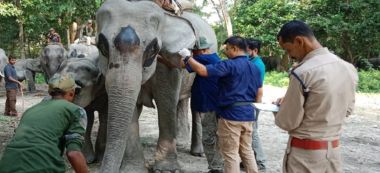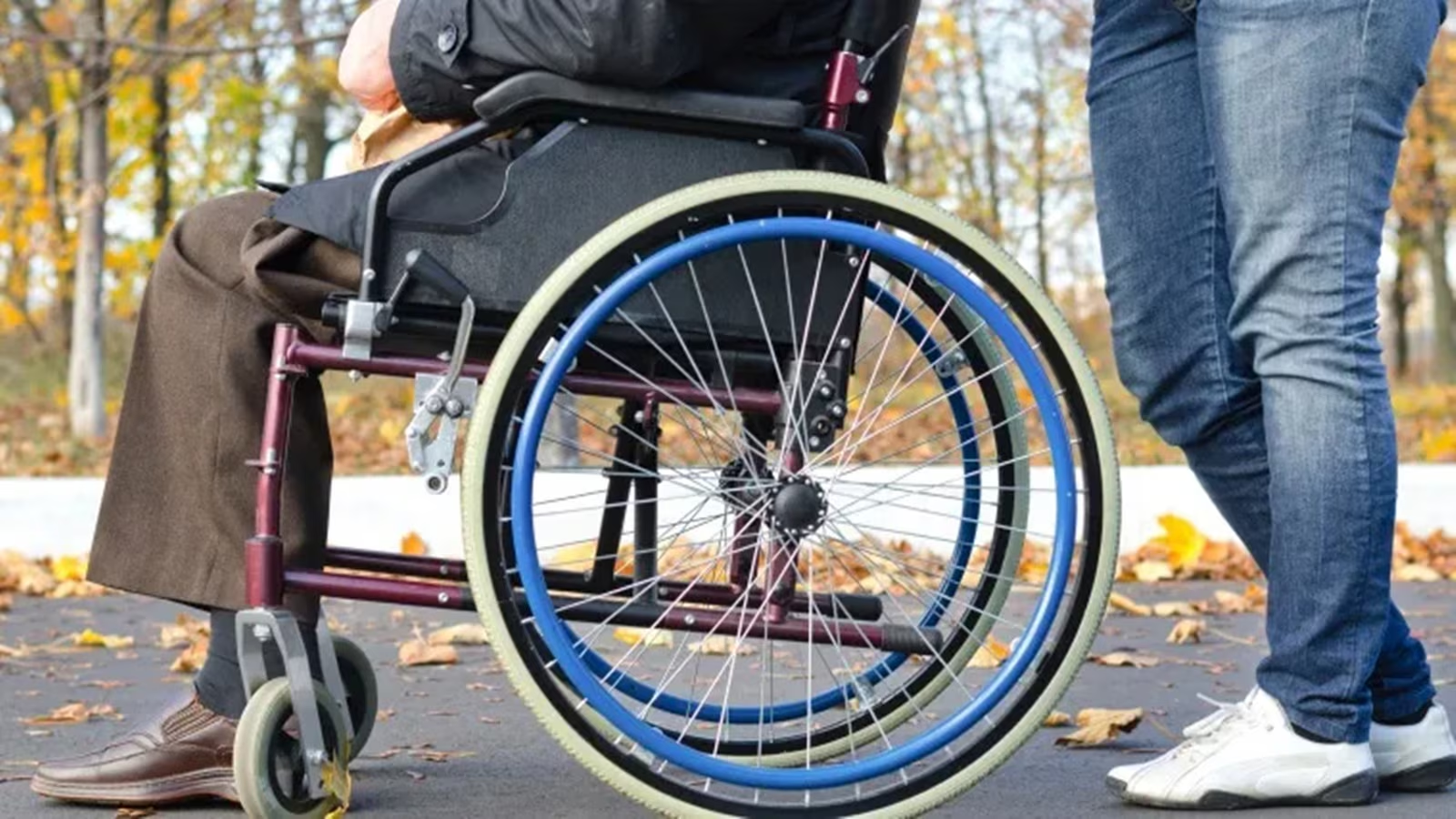- Courses
- GS Full Course 1 Year
- GS Full Course 2 Year
- GS Full Course 3 Year
- GS Full Course Till Selection
- Online Program
- GS Recorded Course
- NCERT (Recorded 500+ Hours)
- Polity Recorded Course
- Geography Recorded Course
- Economy Recorded Course
- AMAC Recorded Course
- Modern India, Post Independence & World History
- Environment Recoded Course
- Governance Recoded Course
- Science & Tech. Recoded Course
- International Relations and Internal Security Recorded Course
- Disaster Management Module Course
- Ethics Recoded Course
- Essay Recoded Course
- Current Affairs Recoded Course
- CSAT
- 5 LAYERED ARJUNA Mentorship
- Public Administration Optional
- ABOUT US
- OUR TOPPERS
- TEST SERIES
- FREE STUDY MATERIAL
- VIDEOS
- CONTACT US
When Rules Fail to Protect Captive Elephants/Captive Elephant (Transfer or Transport) Rules, 2024
When Rules Fail to Protect Captive Elephants/Captive Elephant (Transfer or Transport) Rules, 2024
30-12-2024

- In December 2024, the Kerala High Court compared the condition of privately-owned captive elephants to an "eternal Treblinka," a phrase symbolizing ongoing cruelty and suffering.
- This comparison highlighted the conflict between India's traditional respect for elephants and the harsh realities of their captivity. Elephants hold a revered place in Indian culture as symbols of wisdom and strength.
- However, the reality for captive elephants often contrasts starkly with their cultural significance. Many elephants in captivity endure cruelty, isolation, and exploitation.
- In March 2024, the Ministry of Environment, Forests, and Climate Change (MoEFCC) introduced Captive Elephant (Transfer or Transport) Rules.
- These rules aim to regulate the transfer and transportation of elephants held in captivity.
Current Status of Captive Elephants in India
- Legal Framework: Elephants are granted the highest protection under the Wildlife (Protection) Act, 1972. However, enforcement of this act remains inadequate, leading to continued challenges in safeguarding elephants.
- Population: As of 2019, there were 2,675 documented captive elephants in India, reflecting the significant number of these animals under human control.
- Exploitation: Captive elephants are widely used for religious festivals, tourism, and entertainment. These elephants are often subjected to abusive training practices and forced to live in unnatural conditions that compromise their well-being.
- Mortality: Approximately 33% of documented captive elephants in Kerala died between 2018 and 2024 due to harsh living conditions and inadequate care.
Key Features of the Captive Elephant (Transfer or Transport) Rules, 2024Circumstances for Transfer
Transfer Procedures
Requirements for Elephant Transfer
|
Concerns and Loopholes
Regulatory Ambiguities
- Commercial Exploitation: The absence of explicit restrictions on commercial transactions allows elephants to be treated as commodities, risking their exploitation for events such as religious festivals, weddings, and political rallies.
- Weak Oversight: Shifting the responsibility for approving transfers to the Deputy Conservator of Forests, rather than the Chief Wildlife Warden, weakens protections and may facilitate unauthorized transactions.
- Temporary Transport: There is no requirement to justify temporary transportation of privately owned elephants across or within State borders.
- States with many privately owned elephants could lease them for activities such as religious ceremonies, weddings, or political rallies, compromising their welfare and commodifying them for profit.
- Economic Exploitation: By regularizing transfers for commercial ventures, the rules risk incentivizing the capture of wild elephants and undermining conservation efforts.
- Ownership Transfer: The rules allow ownership transfer if the owner cannot maintain the elephant but do not mandate that these transfers be non-commercial. This omission could lead to elephants being treated as tradeable property.
Issues with Captive Elephant Identification
- Microchip Misuse: Since 2002, most captive elephants have been microchipped for identification. Reports suggest microchips are reused after an elephant's death to legalize wild-caught elephants.
- However, the rules do not require the destruction of these chips in the presence of forest officials.
- Database Deficiency: The absence of a centralized national database tracking elephant ownership and genetic details hampers effective monitoring and increases the risk of illegal activities.
- Lack of Accountability: The absence of a mandatory post-mortem report when an elephant dies during transport creates monitoring gaps.
Welfare Concerns
- Physical Health: Captive elephants often suffer from malnutrition and inadequate medical care, which significantly impact their health.
- Psychological Well-being: Isolation from other elephants and exposure to abusive training practices cause severe psychological distress, often resulting in aggressive behaviour or attempts to escape.
- Captive Breeding Cycle: Legal recognition of calves born in captivity continues the cycle of exploitation, as these calves are classified as owned property under the law.
Recommendations for Reform
- Strengthening Regulation: There is a need to prohibit all commercial transactions in elephant transfers to prevent their exploitation.
- Post-mortem examinations should be mandated for elephants that die during transfer to ensure accountability.
- Humane birth control measures must be implemented to reduce the number of elephants entering captivity.
- Promoting Alternatives: Alternatives, such as using electronic elephants in festivals and tourism, should be actively encouraged to reduce reliance on live elephants.
- Civil society, temple committees, and NGOs should play a proactive role in raising awareness and enforcing ethical practices.
- Enhancing Monitoring and Accountability: A centralized national database for elephant ownership and transfers should be developed to improve monitoring and prevent illegal activities.
- Genetic profiles of all captive elephants should be digitized and regularly updated to ensure traceability.
- Microchips implanted in elephants should be destroyed under the supervision of forest officials when the animal dies to prevent misuse.
Conclusion
The Captive Elephant (Transfer or Transport) Rules, 2024, represent a significant step toward regulating the treatment of captive elephants. However, significant gaps in the legislation continue to risk perpetuating their exploitation and suffering. To truly honour the cultural reverence for elephants and ensure their welfare, India must strengthen its regulatory framework, promote humane alternatives, and foster collaborative efforts between stakeholders.
|
Also Read |
|




